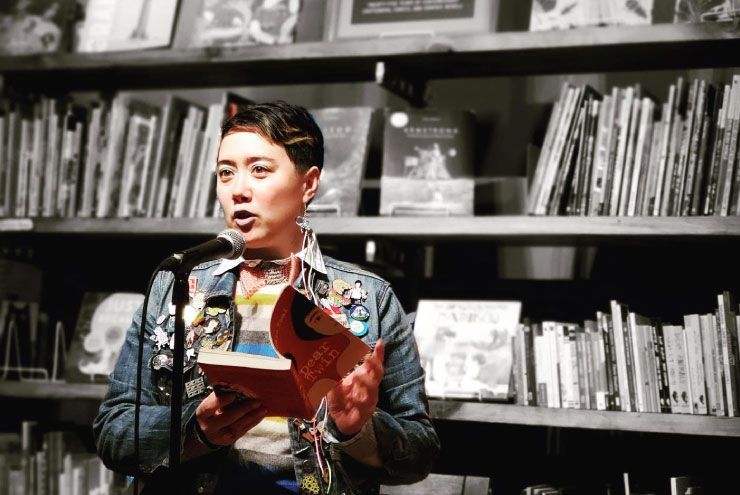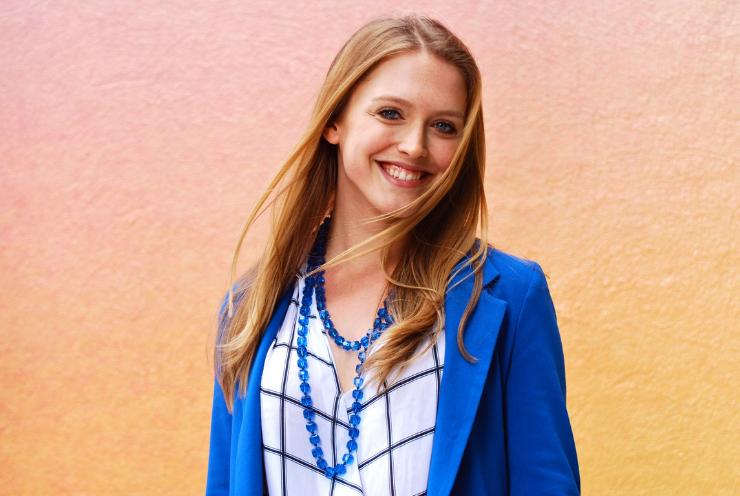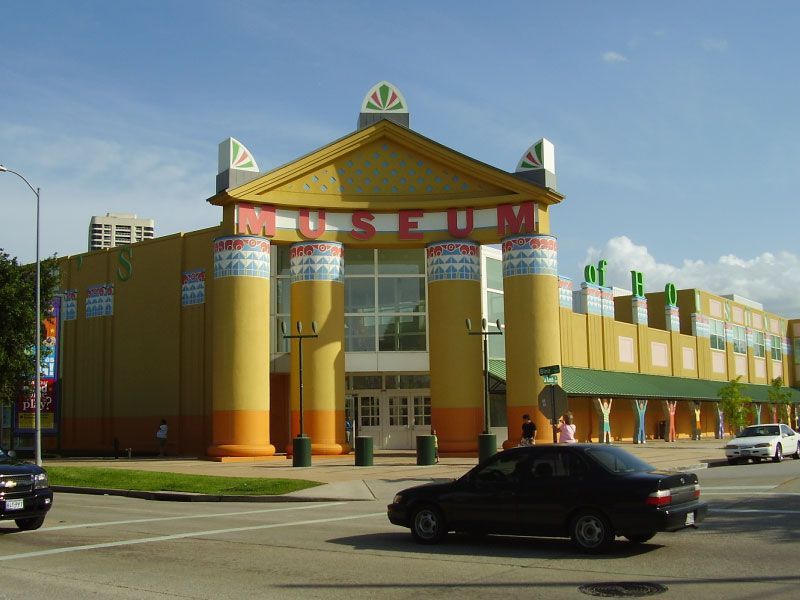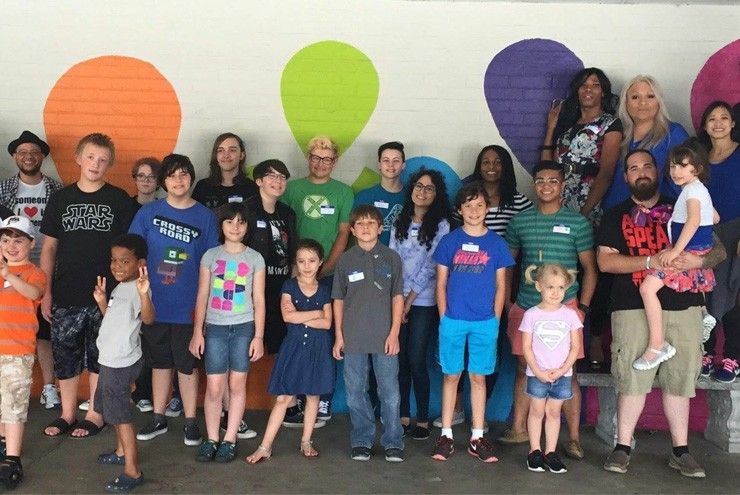By Addie Tsai
For the last month, I’ve been on tour for my first book, Dear Twin, a queer Asian young adult novel about twins and childhood trauma. The book centers a queer Asian romance between Poppy, a half-Chinese, half-Japanese queer teen and her girlfriend, Juniper, a self-identified butch Korean girl. When audiences ask me about the characters’ relationship, I say that, when writing this book, instead of envisioning a queer future, I instead envisioned a queer past—one in which I could have had such a romance when I was a teenager. But this relationship, collaged for the novel, was far from my own experience as a teenager growing up in a suburb of Houston, Texas.
When I first met and fell in love with the person who loosely inspired the character Juniper, I was what they called a “baby queer.” I was 30, I had long, straight hair down to my waist, I dressed feminine because that’s what I believed I was supposed to do as an AFAB, and I hadn’t yet come out to my parents, my siblings, my therapists, or anyone else close to me. The queers I was surrounded with at the time were the ones who showed me the ropes. We asked one another across a booth at an all-night diner (at least, one that existed at the time) which L Word character we identified with most and which we’d be most tempted to make out with. Friends I made at that time took me to American Eagle and bought me my first flannel, and we swapped coming-out stories and childhood crushes. But I felt like a fraud. Similar to how I often felt like an imposter in my own racial communities (as a mixed-race, half-Chinese and half-white person), I struggled with believing that I was queer enough, a feeling that stemmed, at least in part, from how late in life I came to realize something so core to my identity. But it was also because, for all intents and purposes, queerness (especially as expressed by either non-binary, trans, or femme bodies) just didn’t exist in the world when I was a young person.
I grew up in Clear Lake, a small suburb between Houston and Galveston, about 20 miles southeast of downtown Houston. My single father worked at NASA for almost my entire childhood and young adulthood, only recently retiring. My mother, with whom I had a scattered and inconsistent relationship, hopped from job to job until she moved to Phoenix, Arizona, just before I turned 18, (“I did it for you,” she defended. “So that you could figure out what it meant to be an adult on your own.”), and then to South Korea not long after that.
My father was a complex figure for me growing up—a Chinese immigrant, and the only one from his entire family in the United States. I grew to feel much sympathy for what his life must have been like—forced to navigate my reckless mother while also learning how to live in America during the 1980s and 1990s, when anti-Asian sentiments in the country were at an all-time high. But at the same time, my father was controlling and abusive, and I spent my entire life in his house believing that I would die at his hand. This is not an over exaggeration. In my young mind, I didn’t even believe, if that were to happen, that it would be intentional on his part. But his rage was something he could not contain, and I spent most of my youth doing whatever it was I could to appease him. My sexuality, desire, or even individual identity was secondary to survival.
At the same time, another experience dominated my young existence—I am a mirror twin, a subset of identical twinning in which one twin is left-handed, the other is right-handed, and the twins grow up with mirroring features. The few times I did harbor intense feelings for girls—like when Lori and I applied St. Ives apricot scrubs to the other’s face, giggled endlessly together, and completed each other’s sentences; or the time I performed an intimate fan dance for Sarah, who reminded me of Darlene from Roseanne, and sang a song from The King & I as she lay on her belly on my twin mattress, her face propped up on her elbows—the experiences were short-lived as the girls would immediately ghost me the next day at school. Or, even more explicitly, confront me in the hallway at lunch to tell me they wanted nothing more to do with me. Because I had such an intense relationship with my twin (and because twinning itself can have such a similar look to young girl love), I didn’t know what to make of these intense, ephemeral bursts of longing for other girls. Queer girls didn’t exist in any form at my school, nor in my isolated, conservative suburb where I spent most of my time with my father in a sea of Mandarin-speaking people with whom I couldn’t communicate. And so, I buried my queerness. That is, until I couldn’t bury it anymore.
It is a different journey coming in to your queerness in the South. Even in a city like Houston, which is the most diverse city in the country, you still have to negotiate with the dominant southern culture, including how varying denominations of Christian ideology create a kind of coercion to hide one’s queerness from the world. This subliminal pressure is then blended with the lack of public transit—and thus, lack of access to queer models in larger metropolitan landscapes—to create a kind of alchemy that remains status quo, safe from the audacity of all facets of queer life.
It would take me until my mid-twenties to learn about the centralized queer life of Houston’s Montrose neighborhood, for example. It would take me until my mid-twenties to learn about Chances, the now-shuttered lesbian bar where my first queer ex and I, only friends at that point, would make our way toward one another surrounded by other queers that had become my community—a community I didn’t even know was possible as an adolescent or teenager. It would take me until my mid-thirties to discover that I, in fact, identified as both non-binary and queer, because it took that long living in the strange vortex of a southern city to understand that there was a word to fit the body that I felt never belonged.
If I’ve learned anything about living in the vastness of a place like Houston—one that is southern yet diverse, conservative yet complicated by a kind of tender fight that beats underneath the inaccurate assumptions of its image—it is that because of scarcity, because of isolation, and because of what it means to struggle to be different in a place that can often privilege sameness, queer community in a southern city has a kind of cohesion and defiance to combat the ideologies that threaten to tear it apart. Every day, I make a choice not to pass as straight, or as femme, but to own all of the versions of who I am in every place I travel within the Houston sprawl. And thanks to finding my fellow queer, southern community, I now know there are others doing the same.







